Irix 15 mm f/2.4 Blackstone
5. Chromatic and spherical aberration
Chromatic aberration
The photos below prove that the Irix has no problems whatsoever with perfect correction of the longitudinal chromatic aberration.
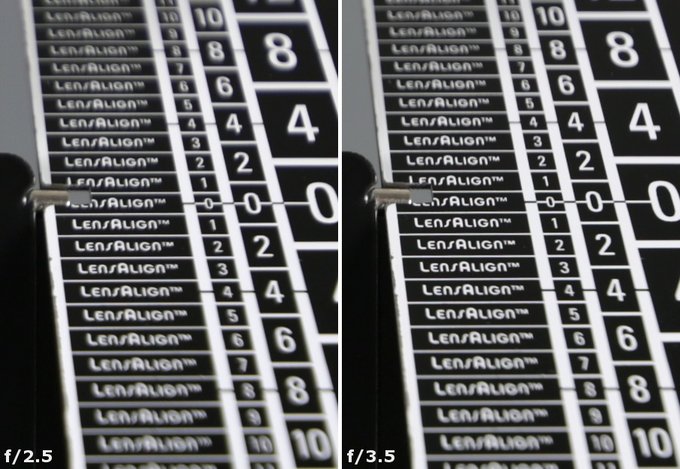 |
Please Support UsIf you enjoy our reviews and articles, and you want us to continue our work please, support our website by donating through PayPal. The funds are going to be used for paying our editorial team, renting servers, and equipping our testing studio; only that way we will be able to continue providing you interesting content for free. |
- - - - - - - - - - - - - - - - - - - - - - - - - - - - - - - - - - - - - - - - - - - - - - - -
We have no reservations concerning the correction of the lateral version of that aberration and the graph below shows why.
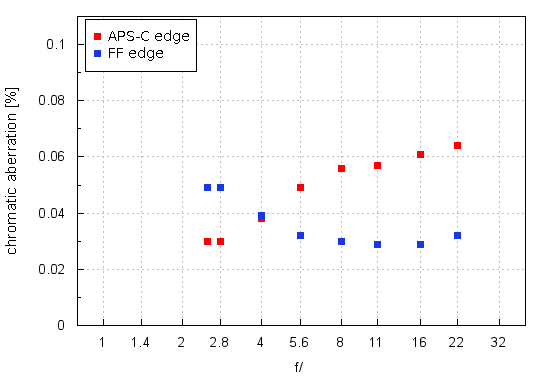
Most of the results are hovering around 0.03–0.06% which we consider low or very low levels. Here the Irix 2.4/15 fares a bit better than the Samyang which maximum aberration results could get to 0.13%.
| Canon 5D III, f/2.5 | Canon 5D III, f/8.0 |
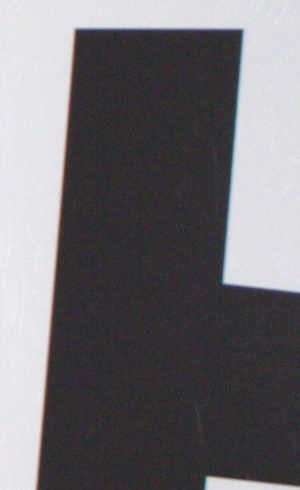
|
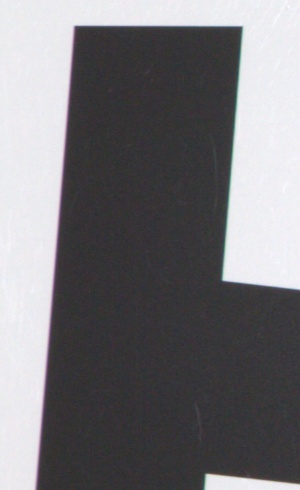
|
Spherical aberration
First photos of this chapter don’t show any „focus shift” effect so the spherical aberration cannot be especially high. Out-of-focus circles of light aren’t able to shed more light on that issue because they are simply too small. Still, as we didn’t notice huge differences between them we assume that the tested lens doesn’t have distinct problems in the area of spherical aberration.
| Canon 5D III, f/2.5, in front of | Canon 5D III, f/2.5, behind |
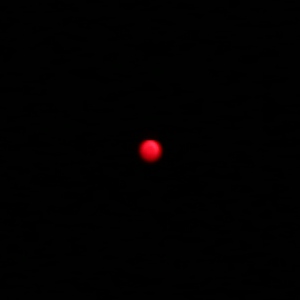
|
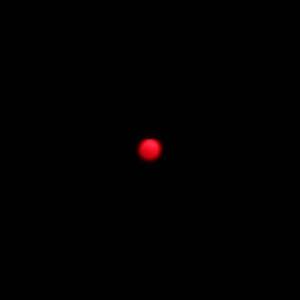
|






